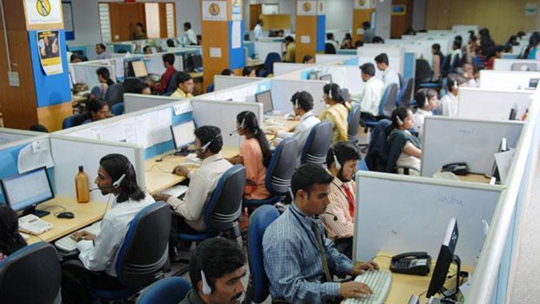Mumbai, Feb 13: Led by growth in business process outsourcing, the Indian government is set to spend $7.8 billion on IT in 2017 - an increase of 9.5 per cent over 2016, market research firm Gartner said on Monday.

This forecast includes spending on internal services, software, IT services, data centre systems, devices and telecom services.
"Government spending on IT services will total $2,093 million in 2017, a 15 per cent increase from 2016," said Moutusi Sau, Principal Research analyst at Gartner.
IT services (which includes consulting, software support, business process outsourcing, IT outsourcing, implementation and hardware support) is expected to grow 14.6 per cent in 2017 to reach $2 billion, making it the largest segment within the IT spending category.
The software segment is expected to grow 15.7 per cent in 2017 to reach $1 billion. Desktop will be the fastest growing segment with 16 per cent growth in this category, the findings showed.
Devices spending will grow 12.7 per cent in 2017 to reach $917 million. Devices refers to printers, copiers, MFPs, mobile devices, PCs and tablets.





Comments
Add new comment